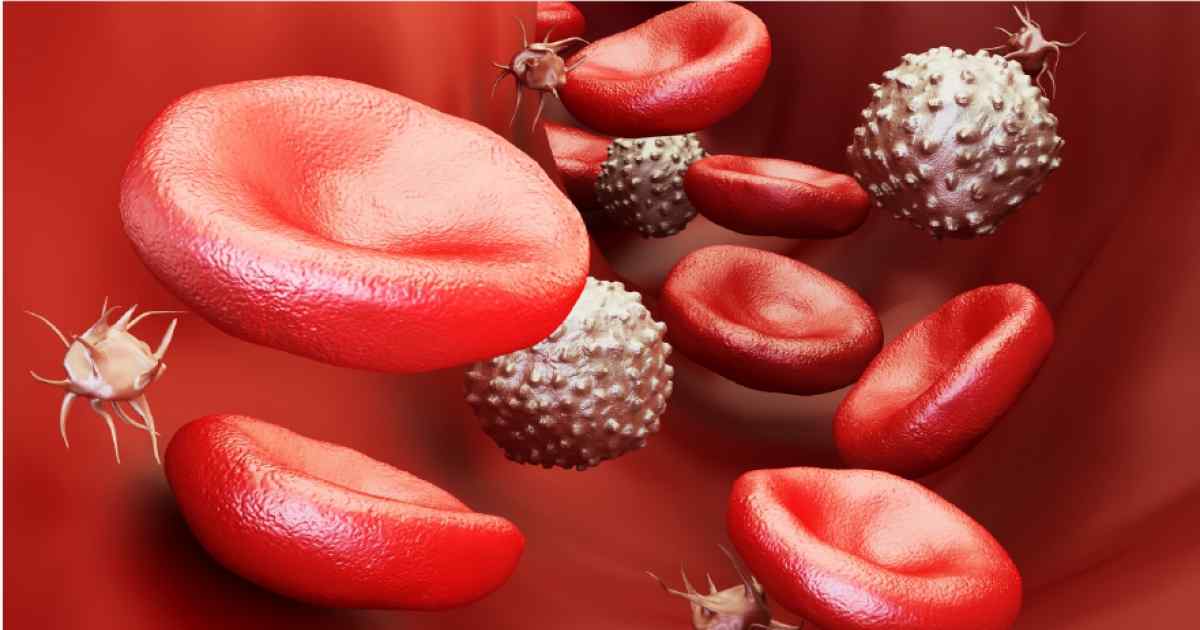Major Types of Blood Disorders
Platelets: Thrombocytopenia

Thrombocytopenia is a blood disorder characterized by a deficiency of thrombocytes, platelets responsible for blood clotting. This disorder occurs when too many of an individual's platelets are being destroyed, or when the bone marrow does not produce enough thrombocytes or platelets. A healthy individual's blood contains between 140,000 to 440,000 platelets per microliter, and any individual with a platelet count under 140,000 is considered to have thrombocytopenia. Symptoms of this condition include tiny red dots on the skin of the lower legs called petechiae, excessive bruising with minor trauma, bleeding gums, heavy menstrual periods, blood in the urine, and blood in the stool. A diagnosis is made using a blood test that counts the number of platelets present in a patient's blood. Treatment of thrombocytopenia depends on the underlying cause of the disorder. Careful avoidance of injuries and frequent platelet transfusions are common treatments for individuals affected by difficult cases of thrombocytopenia.